Rare green comet will make its closest approach to the Earth TOMORROW; Know how to see it
The rare green comet which entered the inner solar system after 50,000 years will be making its closest approach to the Earth tomorrow, February 1. Find out the best way to see it.
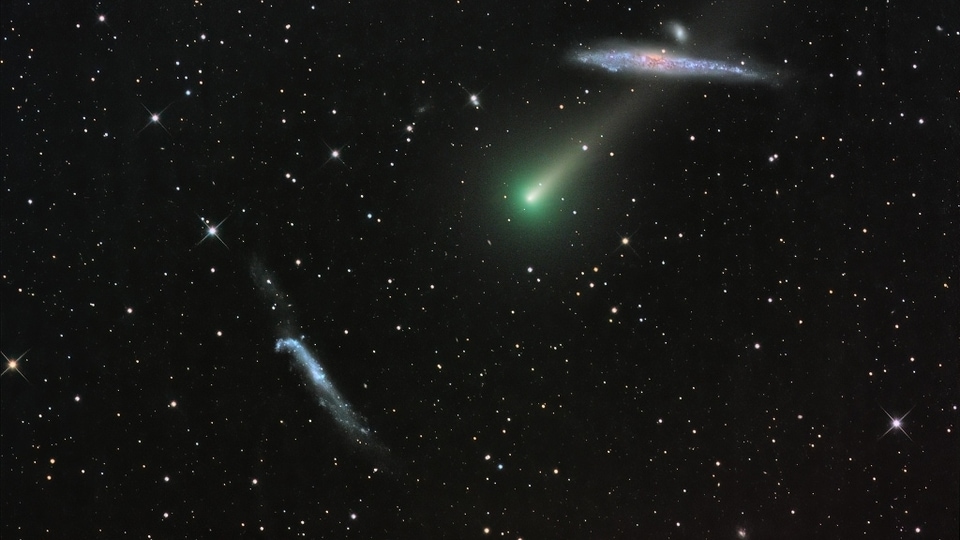
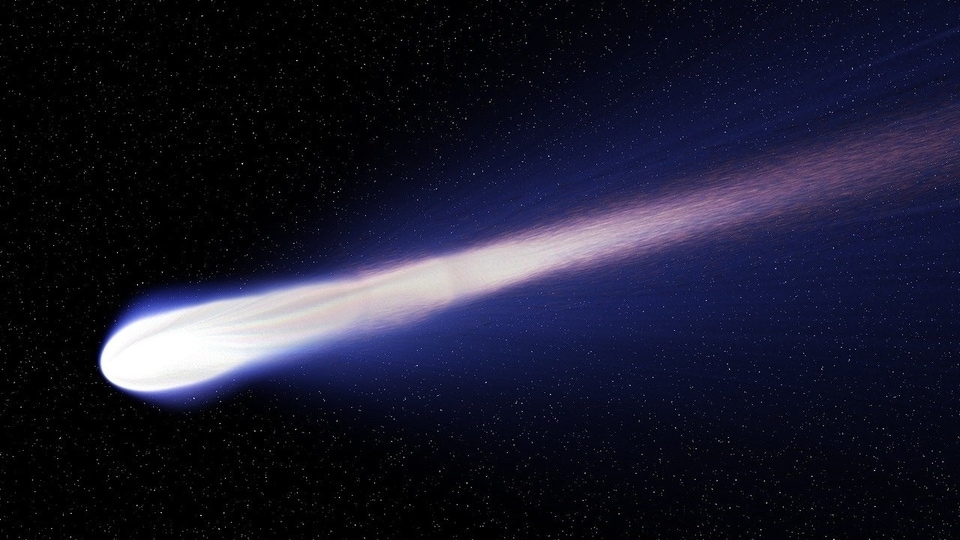
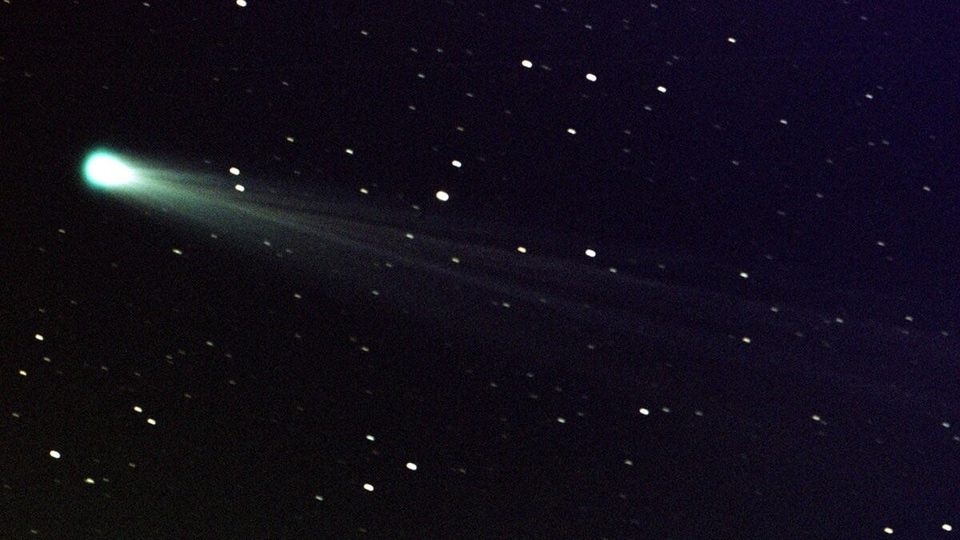
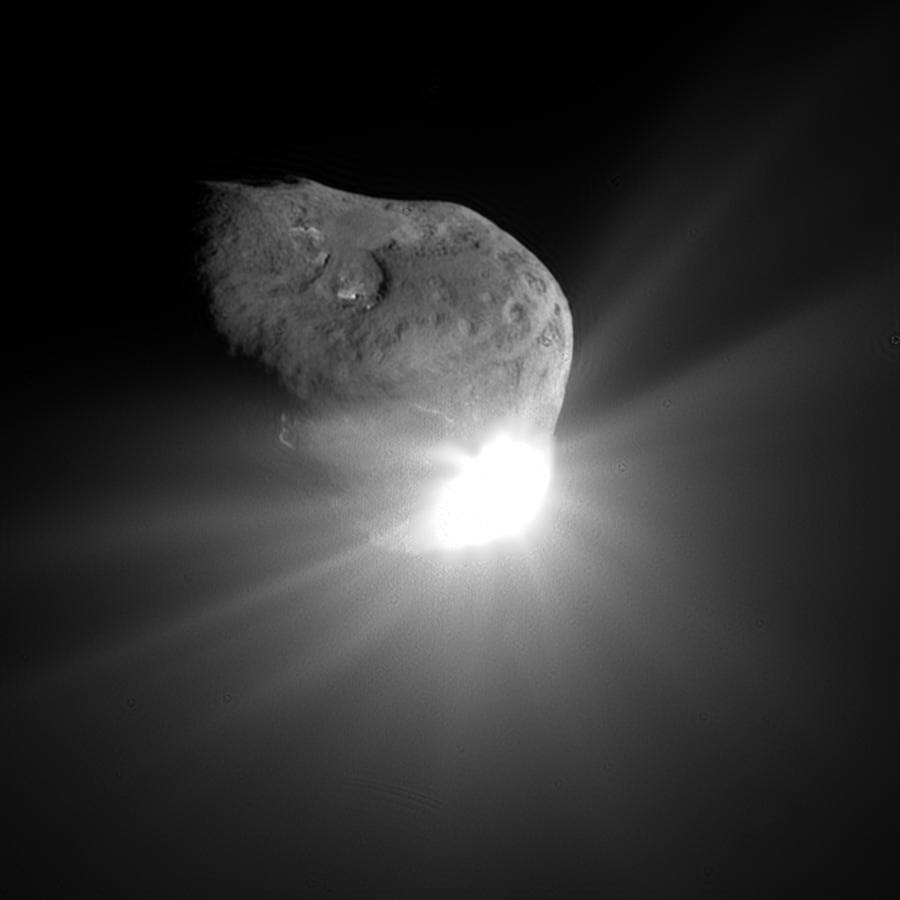
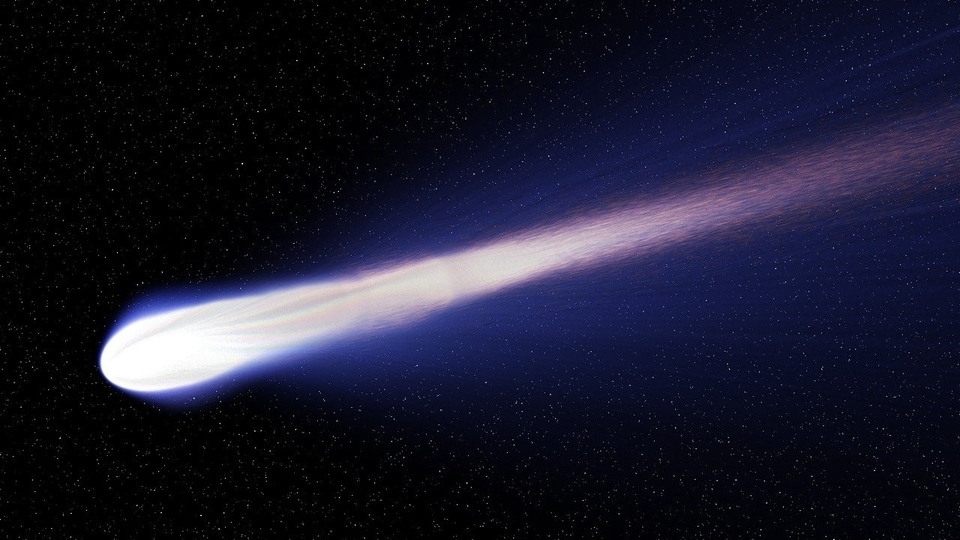
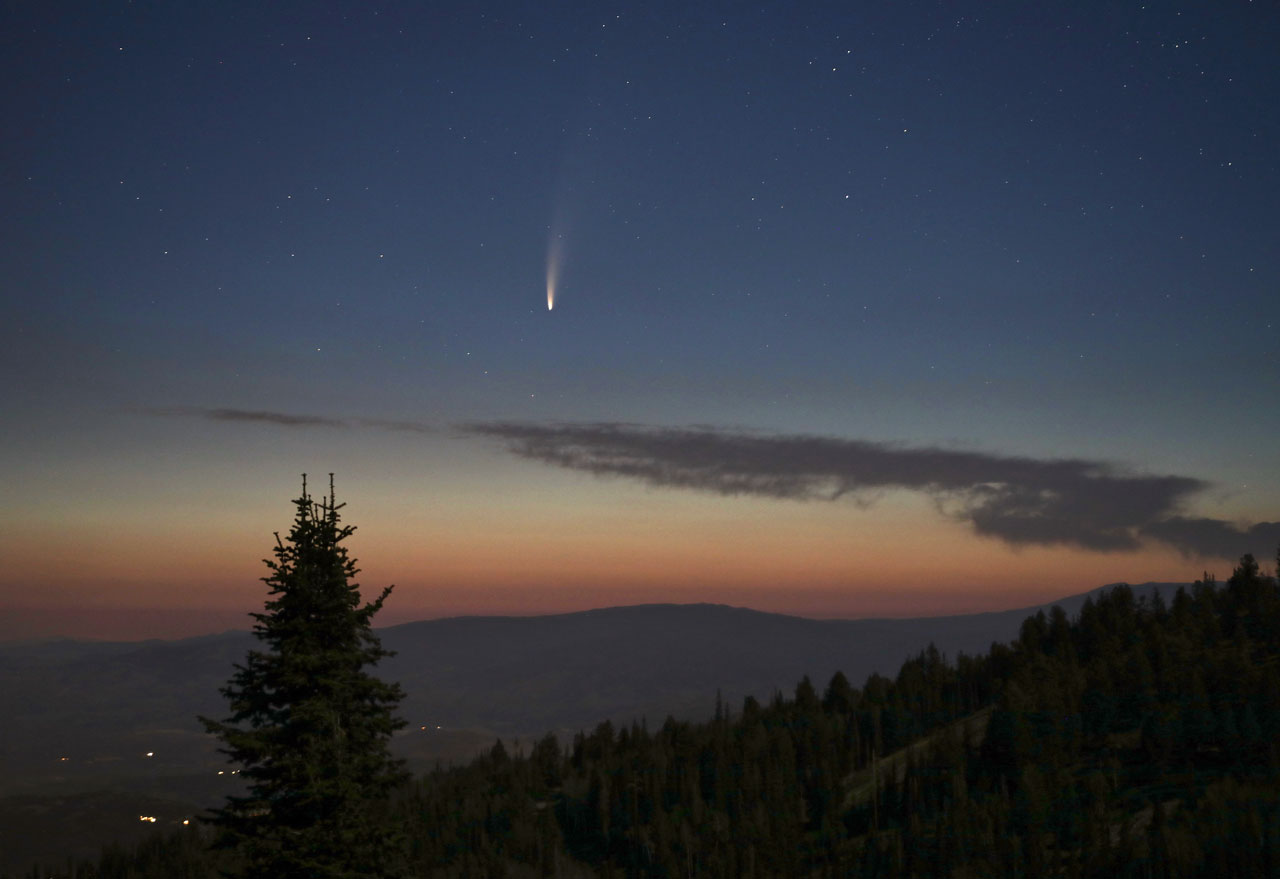
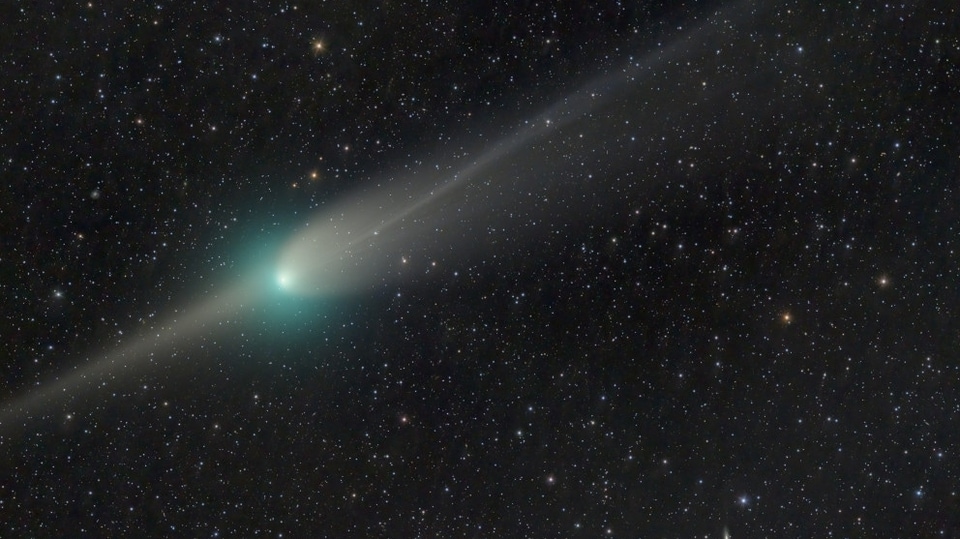
 View all Images
View all ImagesThe world of astronomy has been dominated by the news of the green comet. Also known as Comet C/2022 E3 (ZTF), this ancient icy comet last came this close to our planet 50,000 years ago. Back then, Neanderthals still roamed the Earth. And that's why you should not let go of this incredibly rare moment and make sure to watch it in the night sky tomorrow, February 1. The best part about this comet is that it will even be visible to the unaided eye. But where should you look in the sky to be able to watch it? And what can you do if you have a cloudy sky or the light pollution in your area is too much? Don't worry. Check below.
The green comet arrives tomorrow
If you plan to watch the comet without any instrument, then you need to know where exactly to look in the sky. We would recommend you use a sky gazing app like StarTracker. First, you need to find the Orion constellation. You can find it in the western sky right after sunset. Once you find it, look towards its left and you should see the Orion constellation. Once found, just look at the opposite of Orion, and you should be able to see the Big Dipper and right above it, the Little Dipper. The green comet should be just in between the two constellations.
But as mentioned above, you will need a clear night sky with relatively low light pollution in order to be able to see it. And if that's not possible, all hope is still not over for you.
So, what can you do? Don't worry. You will not have to miss out on this historic occurrence. The Virtual Telescope Project, an online telescope webcast platform, will be hosting a free livestream of the comet starting 9:30 AM IST on February 2. You can watch the livestream directly on the website by clicking here or on its YouTube channel. For now, you can also visit the page to watch a video of the comet which was recorded on January 14. Do not let go of this unique chance!
Catch all the Latest Tech News, Mobile News, Laptop News, Gaming news, Wearables News , How To News, also keep up with us on Whatsapp channel,Twitter, Facebook, Google News, and Instagram. For our latest videos, subscribe to our YouTube channel.
































